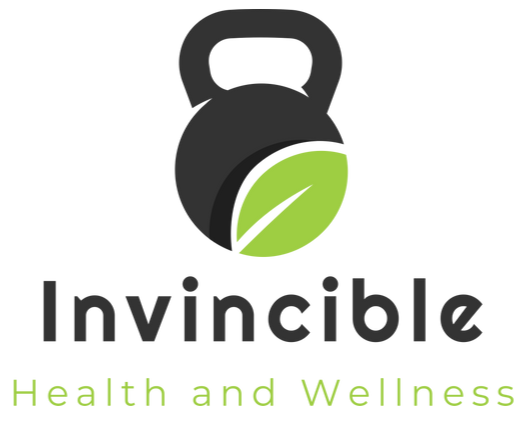In the world of fitness, there’s an ongoing debate: cardio vs. strength training. Which one is better? The truth is, both have their place in a well-rounded fitness routine. As a personal trainer dedicated to helping you achieve your fitness goals, I'm here to shed light on the importance of both forms of exercise and why incorporating them into your routine is crucial for overall health and wellness.
Understanding the Difference
Let's start by understanding the fundamental difference between cardio and strength-based exercises.
Cardiovascular Exercise: Cardio, short for cardiovascular, refers to any exercise that gets your heart rate up and increases blood circulation. Examples include running, cycling, swimming, and dancing. These activities primarily target your cardiovascular system, improving heart health and endurance.
Strength Training: On the other hand, strength training involves activities that focus on building and strengthening muscles. This can include weightlifting, bodyweight exercises, and resistance training. Strength training not only helps in increasing muscle mass but also improves bone density and metabolism.
The Importance of Both
While some individuals may lean towards one type of exercise over the other, incorporating both cardio and strength training into your routine offers a plethora of benefits:
1. Enhanced Cardiovascular Health: Cardio exercises strengthen your heart, lower blood pressure, and improve circulation, reducing the risk of heart disease and stroke.
2. Increased Muscle Strength and Tone: Strength training helps build muscle mass and strength, leading to better posture, balance, and overall functional fitness.
3. Improved Metabolism: Both forms of exercise contribute to boosting metabolism, aiding in weight management and fat loss.
4. Injury Prevention: Strength training not only strengthens muscles but also supports joints, reducing the risk of injury during physical activities and in daily life.
5. Mental Well-being: Exercise, whether cardio or strength-based, releases endorphins, the feel-good hormones, reducing stress, anxiety, and symptoms of depression.
NHS Recommendations
The National Health Service (NHS) provides guidelines for physical activity to promote health and well-being:
1. Cardiovascular Exercise: Adults aged 19 to 64 are advised to engage in at least 150 minutes of moderate-intensity aerobic activity or 75 minutes of vigorous-intensity aerobic activity per week. This can be achieved through activities such as brisk walking, cycling, or swimming.
2. Strength Training: In addition to cardiovascular exercise, adults should aim to engage in muscle-strengthening activities on two or more days a week. This can include lifting weights, bodyweight exercises, or yoga.
By following these recommendations and incorporating both cardio and strength training into your routine, you can optimize your fitness level and overall health.
Conclusion
In conclusion, when it comes to cardio vs. strength training, the key is balance. Both forms of exercise offer unique benefits that complement each other. Whether your goal is weight loss, improved cardiovascular health, or increased muscle strength, incorporating a combination of cardio and strength training into your routine is essential. As your personal trainer, I'm here to guide you on your fitness journey, helping you achieve your goals and live a healthier, happier life. Remember, it's not about choosing one over the other—it's about finding the right balance for your body and your goals. Let's work together to unleash your full potential and maximise your fitness!


